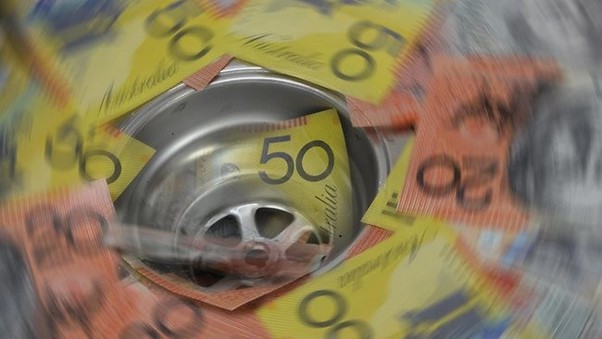
Every business develops processes to help get tasks and activities completed in a consistent and efficient way. In practice however, these processes, whether formal or informal, documented or undocumented often don’t work as intended.
Processes are intended to add value but if they don’t work well they add waste; wasted time, wasted materials, wasted money = unhappy staff, unhappy customers, unhappy you.
Ignoring this waste is like flushing money down the sink. Fixing (removing) it can be one of the most effective ways of increasing your profit, and there’s a simple way to help you identify and remove it. This is how it works:
EIGHT TYPES OF WASTE
Downtime is an acronym for identifying types of waste that occur in almost every business. It provides a framework to identify specific instances of the following eight types of waste.
Defects – a common waste that includes defects in purchases as well as your own products and processes. Defects can result in rework, excess scrap, delays, warranty claims, subsequent remedial work and ultimately the loss of customers and reputation.
Overproduction - producing more of something than is needed or producing it before it is required. This can include over-servicing, excess time or excess reports and paperwork.
Waiting – this can include waiting for a person, machine, materials or information to get something done. It can include waiting for a management decision or waiting for a client response/instruction. It is not unusual for a product/service to spend more than 95% of its time waiting and less than 5% of its time having value added to it.
Non-utilised talent – underutilising peoples talents, skills and knowledge. Maybe the right person is in the wrong job or you just sent someone on training and they’re not using their new knowledge in your business. Every business has underutilized/ misdirected talent.
Transportation – every transport event is an opportunity for damage/loss to occur and quality to deteriorate. Transport also takes time and when inefficient it wastes time. It is a source of non-value-add cost. Are you making three trips instead of one?
Inventory – this includes anything with stored or under-used value and doesn’t just relate to stock or work in progress. It can include unpaid customer invoices, underutilised staff or tools and equipment that are never/seldom used.
Motion - relates to ergonomics - all instances of bending, stretching and reaching. These include Health and Safety issues which can result in significant costs if not properly managed. Another example is poor office or workshop layout resulting in inefficient workflows.
Extra Processing - this means using the wrong person (under/overqualified) or the wrong tool (high precision when a simple tool would suffice) or the wrong process (e.g. overly complex). Also, how well are using technology - where are the opportunities for improvement?
Steps to identify and remove your waste
Think of your business or part of your business and use the DOWNTIME framework to identify stuff that you could be doing better. This will work best if you brainstorm with another person or your team.
And finally, it’s worth remembering that much of this waste is unseen. You may not be aware of the extent or cost unless you specifically look for it using the DOWNTIME framework.
Use this process to get some wins on the board. It won’t be long before you see the impact filter through to your bottom line.